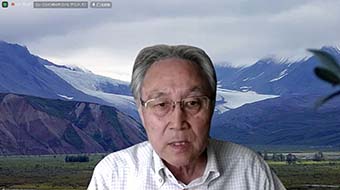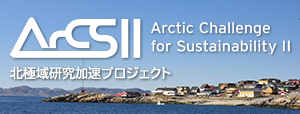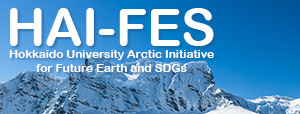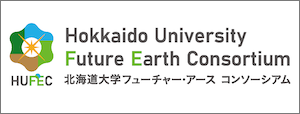

| Date & Time | Tuesday, April 25, 2023, 15:00-16:30 |
| Method | Online | Participant | 21 people |
| Lecturer1: Juha Saunavaara (ARC) Presentation Title: Telecommunications infrastructure, time, community, and the Arctic environment Abstract: Although modern societies depend on functioning telecommunication connections, our understanding of the expansion and impacts of such infrastructure on sparsely populated Arctic regions is insufficient. This presentation introduces an interdisciplinary project, which focuses on studying, recording, and visualising the interdependence and interaction of telecommunications infrastructure, environment, and communities. The aim of the project (ranging from early telegraph and telephone lines to fixed broadband and mobile phone networks) is to understand how the special characteristics of the Arctic environment affect the design, construction, operation, maintenance, and possible dismantling of telecommunications infrastructure in the northernmost parts of Finland, Sweden and Norway; how telecommunications infrastructure affects life, the environment, communities, and the landscape in the Arctic; how the people of the northernmost regions have at different times reacted to the construction of telecommunications infrastructure; and how they have perceived and experienced the relationship between the environment and telecommunications infrastructure. |
|
| Lecturer2: Masahide Kaeriyama (ARC) Presentation Title: Status and trend of production of Pacific salmon under the warming climate Abstract: In this century, Pacific salmon (Oncorhynchus spp.) productivity have declined in southern areas but increased in northern areas owing to a warming climate in the North Pacific Ocean. Return of Japanese chum salmon (O. keta), mainly hatchery-produced fish, has exponentially decreased in this century. Salmon are roughly divided into two populations: cold-current populations (CCPs) affected by the Oyashio cold current, and warm-current populations (WCPs) affected by the Tsushima warm current in Japan. The decreasing tendency of the population size of CCPs was greater than that of WCPs, suggesting that WCPs are relatively more adaptable to the warming climate. Based on the Lotka-Volterra competition model of intra-specific interactions between Japanese and Russian chum salmon sympatrically distributed in the Sea of Okhotsk, against Russian chum salmon, Japanese chum salmon was the winner until the 2011 brood year, and became coexistent or a loser after that. According to the scale back-calculation of adult chum salmon returning to the Tsugaruishi River, increased fork length (Lc) of juvenile salmon in the coast area showed significantly declining temporal-trend and positive-correlation with survival rate, but their increased fork length (Lo) in the Sea of Okhotsk indicated no temporal-trend and correlation with survival rate. This result supports the size-selective mortality hypothesis. In the Bering Sea, no temporal-trends were observed in increased fork lengths at age-2 and age-3 (L2, L3), but that at age-4 (L4) clearly increased over time and negatively correlated with the survival rate. This may indicate that their final growth at age-4 compensates for the spawning migration. Japanese chum salmon seems to be difficult to adapt well for the extreme warming climate in the near future. Therefore, it is necessary to establish sustainable salmon conservation management under a warming climate regime as following final goals: (1) conservation and recovery of wild salmon, and zoning between wild and hatchery-produced salmon, (2) long-term research and monitoring of interactions between aquatic ecosystems and salmon, and (3) restoration and resilience of wild salmon and river ecosystems. |
|








